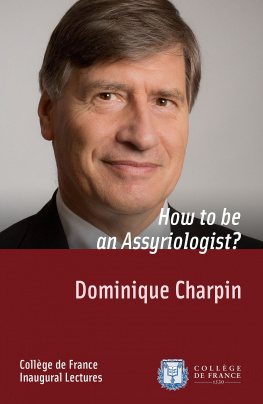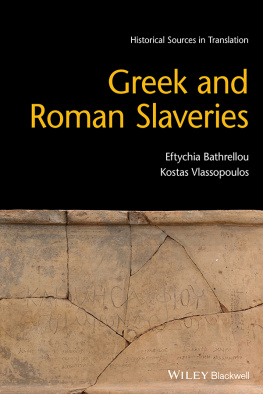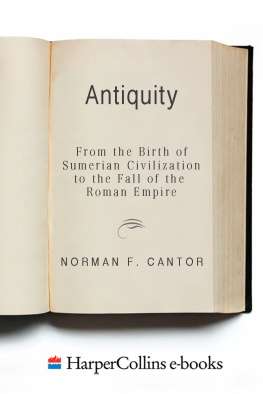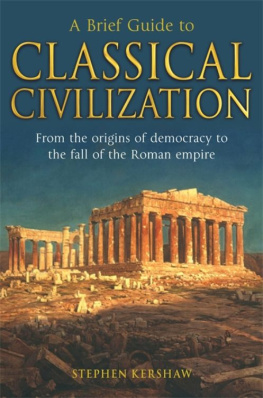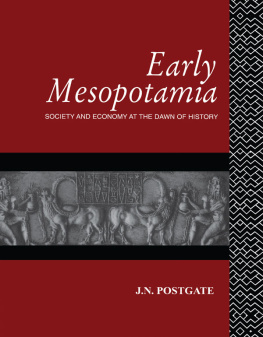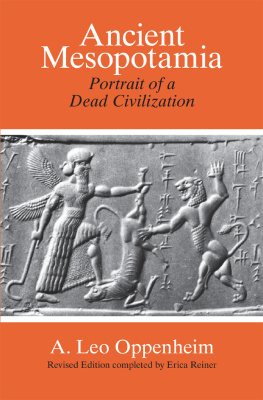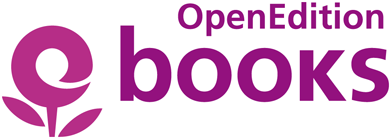Working with thousands of tablets discovered in the Iraqi-Syrian desert to reconstruct the life of the successive generations that lived there is the core activity of the Chair whose Inaugural Lecture we are going to listen to today. Based on cuneiform texts engraved in clay, his mission is to understand how, nearly 4,000 years ago, scribe students learned to write, how accountants drew up the list of supplies delivered to the kings armies, how priests communicated with the gods, how buyers and sellers drew up contracts to exchange goods, and simply how two friends exchanged news. Remembering how easily I used to misinterpret Latin in translating textes pertaining to such well-known events as the Gallic Wars or the Catilinarian conspiracies (and I was not what one might call a bad student), I am amazed by the detective work that Assyriologists must carry out to decipher often fragmented, virtually erased texts, that moreover refer to events with a largely unknown context. Behind these barely visible signs lie a wealth of unspoken facts, silences and implicit information that were perfectly clear to the people who wrote on or read the tablets, but which have to be pieced together using a tiny number of clues. Assyriologists have to combine caution and audacity to interpret these texts from so far back in time, to give them meaning again and embed them in humanitys heritage.
As usual, I w i ll endeavour today to draw links between the subject of the Chair that I am presenting and my own, physics. Let me therefore compare archaeologists sometimes rash interpretations to those of astrophysicists who, from a map of fossil cosmological radiation showing only coloured spots incomprehensible to a layperson, rebuild the history of the Universe in the moments that followed the Big Bang.
What is the point of all this? some might ask, and when I say some, I especially mean those funding this research. Why spend taxpayers money on interpreting these obscure signals, conveying information that is so remote from our everyday concerns? I should immediately point out that the question is more heavily laden with meaning and consequences in relation to cosmological radiation than to cuneiform tablets, as the cost of this quest for information is much greater in the first case than in the second. Asking this question reminds me of an anecdote, again taken from physics. A US physicist once testified before a commission at the US Senate, which had to decide whether or not to build a large accelerator at the Fermi Laboratory in Chicago. When a senator asked him what purpose the accelerator would serve, if for instance it would help better defend the US, the physicist replied: No, Mr Senator, it will not help better defend the country, but it will certainly make it all the more worthy of being defended.
This is a magnificent reply, in my opinion, which explains the priceless quality of fundamental research, be it physics or Assyriology, better than a long speech could. It often serves no useful purpose, but meets our innate need for curiosity, enriches civilization and contributes to making life worth living. On the surface of it, there is nothing further removed from the reading of a cuneiform tablet than the trajectory of a mysterious particle in a detector of the European Council for Nuclear Research (CERN). And yet the two share a crucial point in common. They both fulfil our insatiable curiosity, and contribute to furthering the understanding of our origins, be it the distant times of the formation of the Universe or the much more recent times of our ancient history.
I will add that there is a particular dimension to Assyriologists curiosity that can only touch us today. Through their work, Assyriologists allow us to connect to the sensitivity of men and women who, throughout the centuries, have thought and lived, shared emotions, and organized civilized societies both so close and so different from ours. Understanding these societies allows us to make sense of our past and therefore also our present. And the tragic reality of the present in that region of the world, in the far reaches of modern Syria and Iraq, makes this quest for meaning particularly poignant. Faced with the magnitude of the human tragedy unfolding there, the impossibility for archaeologists to access excavation fields seems somewhat secondary. And yet it is telling. The irreversible loss of the world heritage that lies in these threatened remains is also a tragedy for our culture. The Collge de France has always defended this heritage of our civilization since the nineteenth century, from generation to generation of researchers, by maintaining active Chairs in both Assyriology and Egyptology. The Chair inaugurated today therefore marks both the continuity of our institution and its concern with protecting and defending a threatened part of our memory.
Dominique Charpin, the Faculty has chosen you to prolong this tradition, following our colleague Jean-Marie Durands retirement. Nicolas Grimal, who submitted your Chair to our vote, was well placed to do so since he holds the dare I say sister Chair of Egyptology. Without wishing to detract in any way from his merit, I must say that he had no trouble convincing us that you were the ideal person, that you had all the required skills and that your knowledge and your work speak for you. I will simply point out that you have been a researcher at the Centre national de la recherche scientifique (CNRS), a professor at the University of Paris I and then a research director at the cole pratique des hautes tudes (EPHE). Through your teaching and your example, you have contributed to the training of numerous young French Assyriologists. Your research took you to excavation fields from Ancient Mesopotamia when they were still accessible. You have published specialized work, for example on the abundant cuneiform archives from the city of Mari (over 9,000 tablets published at present).

